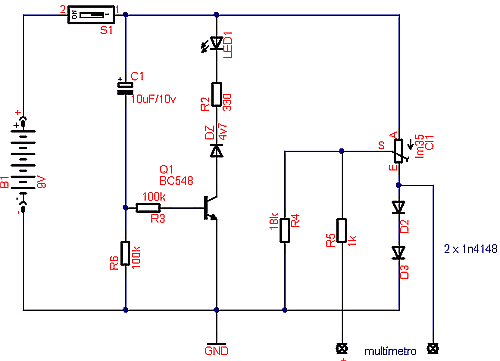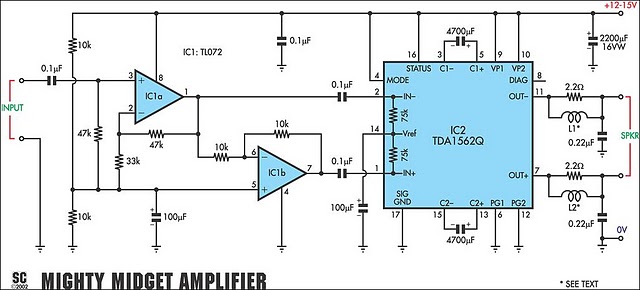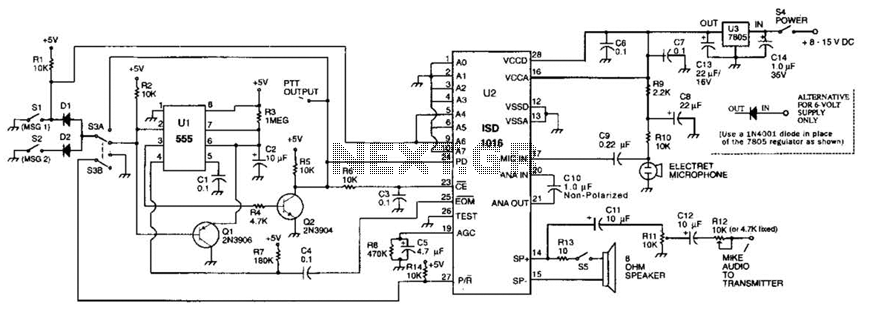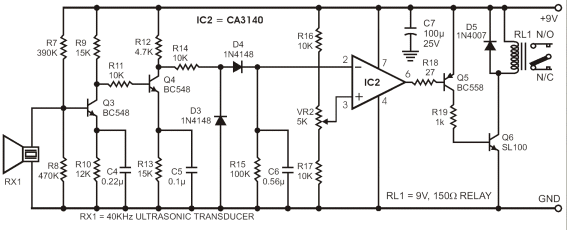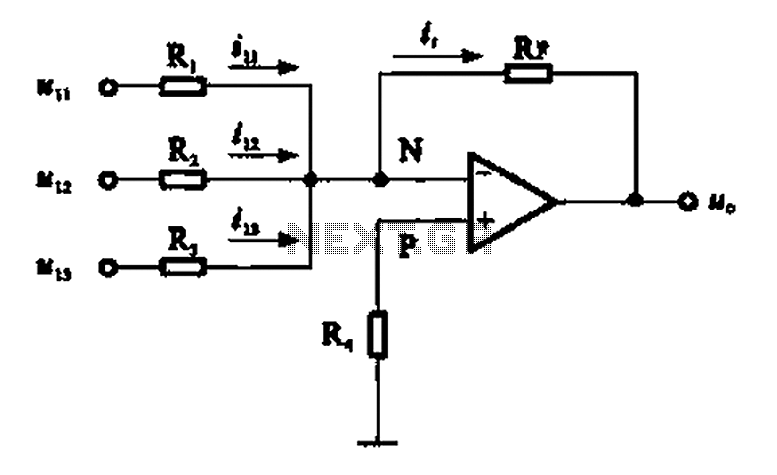
Two-Tone Siren Circuit Schematic Using One IC circuit
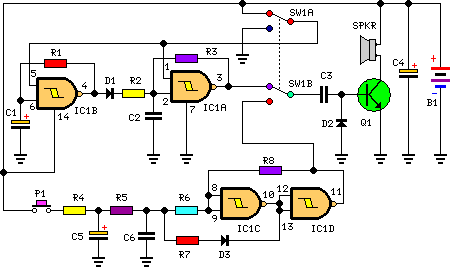
This circuit is designed for children's entertainment and can be installed on bicycles, battery-powered cars, motorcycles, as well as models and various games and toys. When switch SW1 is positioned as indicated in the circuit diagram, it generates the typical dual-tone sound associated with police or fire brigade vehicles through the oscillation of gates IC1A and IC1B. When SW1 is set to the alternate position, an old siren sound that increases in frequency and then gradually decreases is produced. This effect is initiated by pressing P1, which starts the oscillation in IC1C and IC1D.
The circuit utilizes a combination of integrated circuits (ICs) to create distinct sound effects that enhance the play experience for children. The primary components include two operational amplifiers configured as oscillators (IC1A and IC1B), which produce the dual-tone sound. The oscillation frequency can be adjusted by varying the resistance and capacitance values in the feedback loop of the circuit. This allows for customization of the sound output to suit different preferences.
The second sound effect is generated by a separate pair of operational amplifiers (IC1C and IC1D), which are responsible for creating the siren sound. The functionality of this section relies on a control mechanism implemented through the push-button switch P1. When P1 is activated, it triggers the oscillation process, resulting in a sound that mimics the increasing and decreasing pitch characteristic of traditional sirens.
Power requirements for this circuit are minimal, making it suitable for battery-operated devices. The circuit can be powered by standard batteries, ensuring ease of installation and operation in various applications. The incorporation of SW1 allows for the selection between sound modes, providing versatility and enhancing user engagement.
Overall, this circuit represents an innovative approach to integrating sound effects into toys and models, promoting imaginative play while ensuring safety and ease of use for children.This circuit is intended for children fun, and can be installed on bicycles, battery powered cars and motorcycles, but also on models and various games and toys. With SW1 positioned as shown in the circuit diagram, the typical dual-tone sound of Police or Fire-brigade cars is generated, by the oscillation of IC1A and IC1B gates.
With SW1 set to the other position, the old siren sound increasing in frequency and then slowly decreasing is reproduced, by pushing on P1 that starts oscillation in IC1C and IC1D.. 🔗 External reference
The circuit utilizes a combination of integrated circuits (ICs) to create distinct sound effects that enhance the play experience for children. The primary components include two operational amplifiers configured as oscillators (IC1A and IC1B), which produce the dual-tone sound. The oscillation frequency can be adjusted by varying the resistance and capacitance values in the feedback loop of the circuit. This allows for customization of the sound output to suit different preferences.
The second sound effect is generated by a separate pair of operational amplifiers (IC1C and IC1D), which are responsible for creating the siren sound. The functionality of this section relies on a control mechanism implemented through the push-button switch P1. When P1 is activated, it triggers the oscillation process, resulting in a sound that mimics the increasing and decreasing pitch characteristic of traditional sirens.
Power requirements for this circuit are minimal, making it suitable for battery-operated devices. The circuit can be powered by standard batteries, ensuring ease of installation and operation in various applications. The incorporation of SW1 allows for the selection between sound modes, providing versatility and enhancing user engagement.
Overall, this circuit represents an innovative approach to integrating sound effects into toys and models, promoting imaginative play while ensuring safety and ease of use for children.This circuit is intended for children fun, and can be installed on bicycles, battery powered cars and motorcycles, but also on models and various games and toys. With SW1 positioned as shown in the circuit diagram, the typical dual-tone sound of Police or Fire-brigade cars is generated, by the oscillation of IC1A and IC1B gates.
With SW1 set to the other position, the old siren sound increasing in frequency and then slowly decreasing is reproduced, by pushing on P1 that starts oscillation in IC1C and IC1D.. 🔗 External reference
Warning: include(partials/cookie-banner.php): Failed to open stream: Permission denied in /var/www/html/nextgr/view-circuit.php on line 713
Warning: include(): Failed opening 'partials/cookie-banner.php' for inclusion (include_path='.:/usr/share/php') in /var/www/html/nextgr/view-circuit.php on line 713
